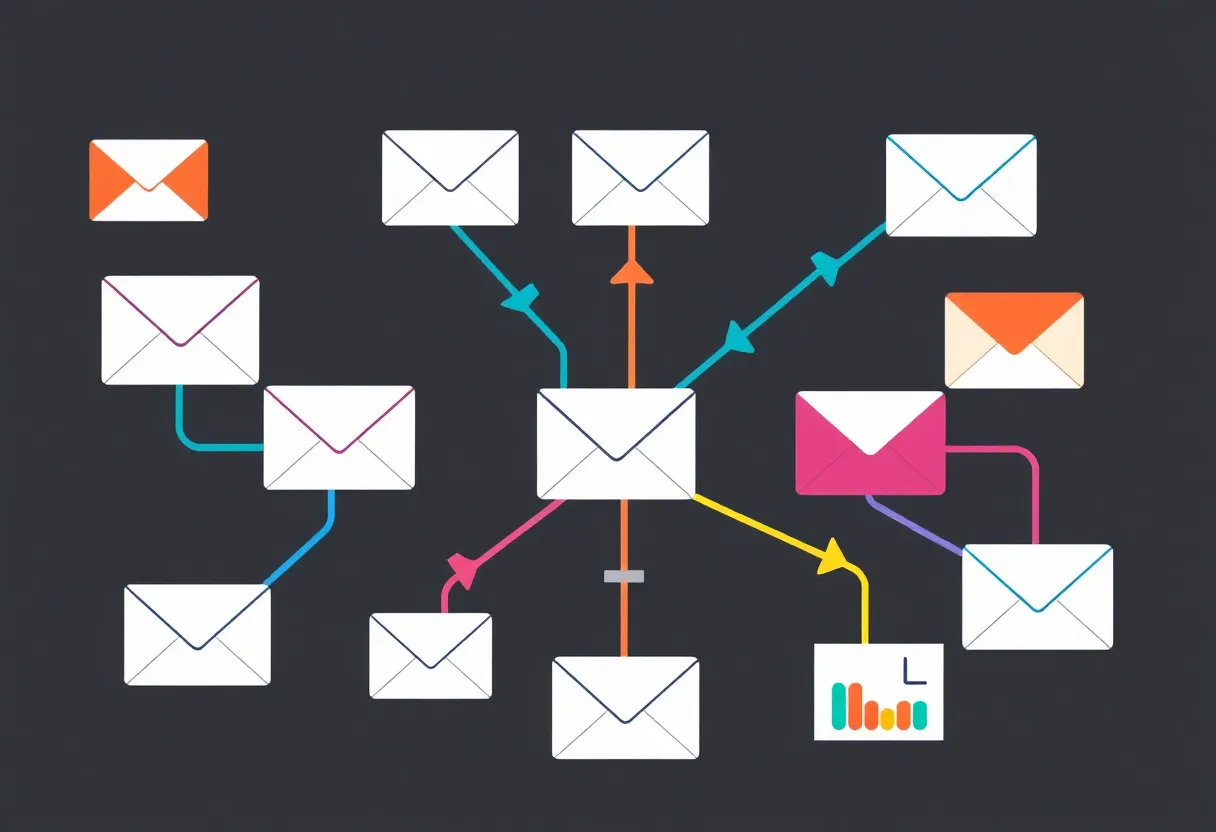

Diverse email icons connected by colorful arrows and charts.
Want to target the right audience? Sponsor our site and choose your specific industry to connect with a relevant audience.
Prominent brand mentions across targeted, industry-focused articles
High-visibility placements that speak directly to an engaged local audience
Guaranteed coverage that maximizes exposure and reinforces your brand presence
Interested in seeing what sponsored content looks like on our platform?
May’s Roofing & Contracting
Forwal Construction
NSC Clips
Real Internet Sales
Suited
Florida4Golf
Click the button below to sponsor our articles:
Sponsor Our ArticlesEmail segmentation is a critical component of successful marketing campaigns. When done correctly, it can substantially increase engagement rates, drive conversions, and foster lasting customer relationships. By dividing your email list into specific groups based on varied criteria, you can tailor your messaging, aligning it closely with the interests and needs of your audience. This article delves into how email segmentation can enhance your marketing efforts.
Email segmentation involves categorizing subscribers into distinct groups based on shared characteristics. These characteristics can range from demographics, geographic location, purchase history, engagement level, and behavioral data. The purpose is to send tailored messages that resonate with each segment, leading to higher open rates, click-through rates, and overall campaign success.
Segmenting your email list is more than just a strategy; it’s a necessity in modern marketing. Here are key reasons why:
To maximize the benefits of email segmentation, consider implementing these strategies:
Segment your audience based on demographic factors such as age, gender, and income. For instance, a luxury brand may create separate campaigns targeting high-income individuals versus affordable offers for budget-conscious consumers.
Geographic segmentation enables businesses to deliver relevant content based on where subscribers live. This is particularly useful if your offerings have varying appeal or availability in different regions. Tailored emails regarding local promotions can significantly boost engagement.
This approach involves categorizing subscribers based on their actions or interactions with your brand. Grouping customers by purchase history, browsing behavior, or email engagement (such as clicks or opens) allows for the creation of personalized messages that resonate more deeply.
Recognizing the stage of the customer journey can vastly improve messaging relevance. New subscribers may benefit from a welcome series, while customers who haven’t engaged in a while might receive re-engagement emails offering incentives to reconnect.
Utilizing purchase history can guide your segmentation. Sending targeted product recommendations, upsells, or cross-sells based on previous purchases increases the chances of conversion and enhances customer satisfaction.
Various tools and platforms facilitate email segmentation effectively:
To achieve successful email segmentation, heed the following best practices:
Define what you want to achieve through segmentation. Are you aiming for higher open rates, more conversions, or enhanced customer retention? Clear goals will guide your segmentation strategy.
Your segments should not remain static. Regularly review and update your subscriber lists and segments. Engagement and preferences change over time, making continual reassessment necessary.
Conduct A/B testing to gauge the effectiveness of segmented campaigns. Test different segments against control groups to evaluate performance and refine your strategy.
Ensure you comply with data privacy regulations when collecting and utilizing customer data. Transparency fosters trust and can improve your brand’s reputation.
To determine the effectiveness of email segmentation, assess the following metrics:
While beneficial, email segmentation comes with challenges:
Handling large amounts of data can overwhelm marketers. Establish systems to effectively gather, analyze, and segment data without chaos.
Creating segments based on outdated or incorrect data can lead to misguided strategies. Ensure data is regularly cleaned and updated for accuracy.
Strive to find the right balance between personalization and respecting customer privacy. Excessive data collection can lead to privacy concerns. Always be transparent and secure.
Email segmentation is not merely a technique but a fundamental pillar in crafting successful marketing campaigns. It fosters relevant connections with your audience and drives engagement and conversions. By implementing clear strategies, best practices, and effectively measuring success, you can harness the power of segmentation to see remarkable results. Embrace the art and science of email segmentation to elevate your marketing endeavors and achieve outstanding campaign success.
News Summary The high-profile murder case of Shanna Gardner and Mario Fernandez, charged with the…
News Summary Royal Philips and Ibex Medical Analytics have expanded their partnership to enhance AI-enabled…
News Summary As social media user numbers rise to nearly 6 billion by 2027, businesses…
News Summary H&M is set to create digital twins of 30 models, using AI technology…
News Summary Twix has launched a vibrant new campaign titled 'Two is More Than One'…
News Summary Willis has launched AdWrap, a new production insurance program aimed at marketing and…